he Alliance of British Watch and Clock Makers announces findings from the second Bellwether survey of the sector.
“Remarkable growth” and “impressive performance” are the headlines of the second Bellwether survey of the sector, commissioned by the trade body for British watch and clock making.
“The aim of our first Bellwether survey during 2021 was simply to establish a baseline that proved watch and clockmaking exists as a distinct sector of the economy”, said Alistair Audsley CEO of the Alliance, “Bellwether II has explored the sector’s growth in the last three years and we’ve also looked at future opportunities and challenges.”
The survey, conducted by independent researchers Skolorr, reveals that the watch and clockmaking sector across the British Isles has seen remarkable growth, generating approximately £206 million ($257 million) in revenue for the year ending April 2024. This represents a 65% increase from the £125 million baseline reported in 2021, far outpacing the UK’s 3% GDP growth over the same period.
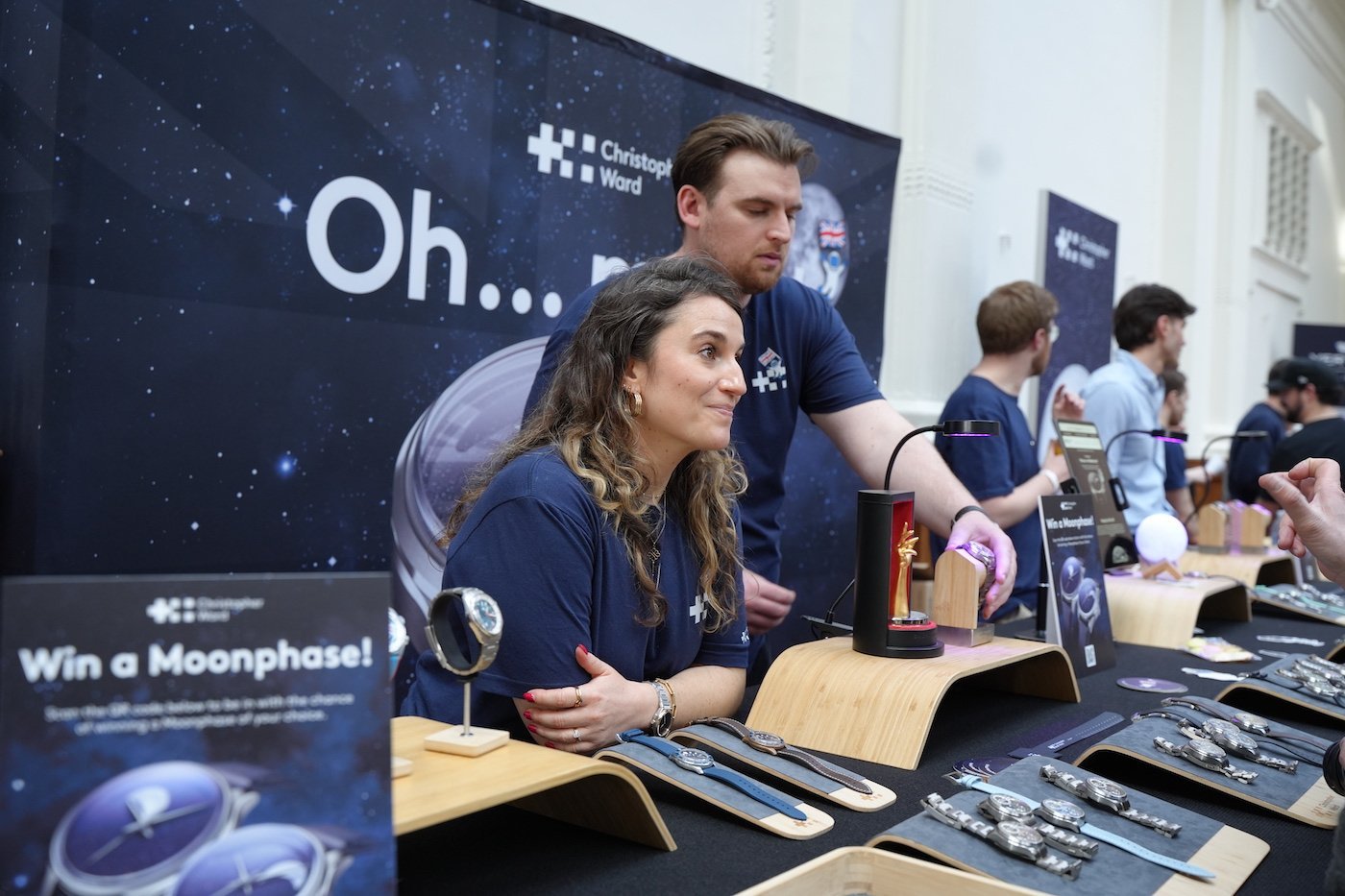
“This impressive performance proves the sector’s resurgence beyond a doubt” said Mike France, CEO of Christopher Ward and co-founder of the Alliance; “While such huge percentage increases can be characteristic of businesses in early-stage growth phases, the British horological sector has undeniably moved beyond mere revival rhetoric to demonstrate a genuine ability to compete and expand.”
“We’re looking at a compound annual growth rate (CAGR) of 18% over the three-year period. When you consider the macroeconomic headwinds we’ve faced, including supply chain disruptions, high energy costs, as well as inflationary pressures, the sector has outperformed most traditional manufacturing industries, ranking among the fastest-growing specialist manufacturing sectors in the British Isles” added Alistair Audsley.
At a business level, over 75% of all responding companies reported revenue growth over the last three trading years. Specifically, 42% saw double-digit increases, 30% experienced exceptional growth of 300–400%, and some surged as much as 24 times since inception.
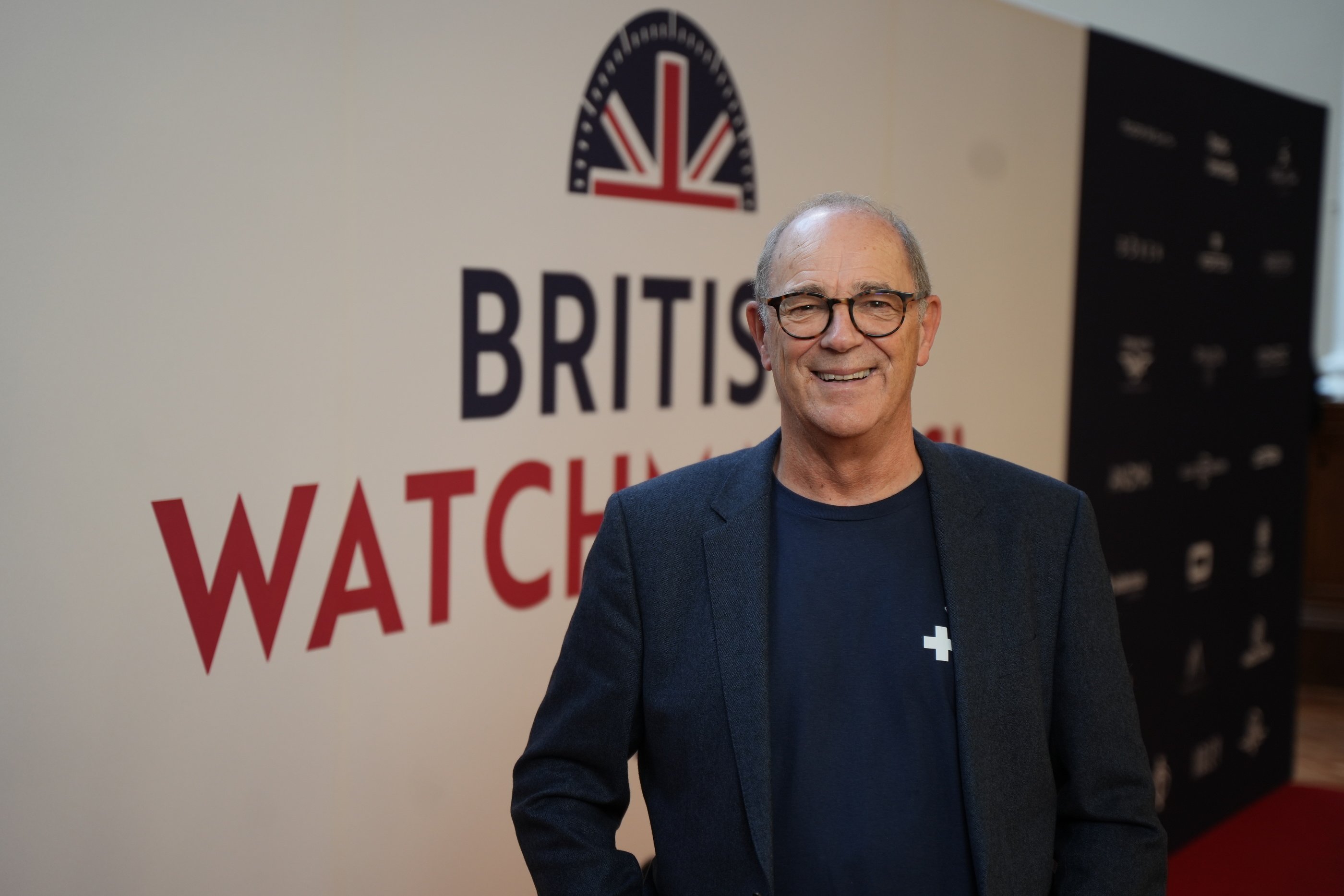
This is further supported by the sector’s composition. The study identified over 140 existing companies across the British Isles with a proliferation of new entrants in the most recent decade (since 2015) accounting for 67% of currently operating businesses.
“It’s incredible to see how many new British start up brands are coming in to the sector, bringing fresh ideas and approaches. However, it is essential for British horology to attract enough skilled individuals to sustain this continued growth,” said Roger Smith OBE. “In supporting this resurgence, one of the Alliance’s key aims is to collaborate with UK educators to nurture talent and open up opportunities. Watch and clock making is not only a fascinating profession—it’s also a rewarding and accessible career path for anyone with the right aptitude and training, as Bellwether II clearly demonstrates.”
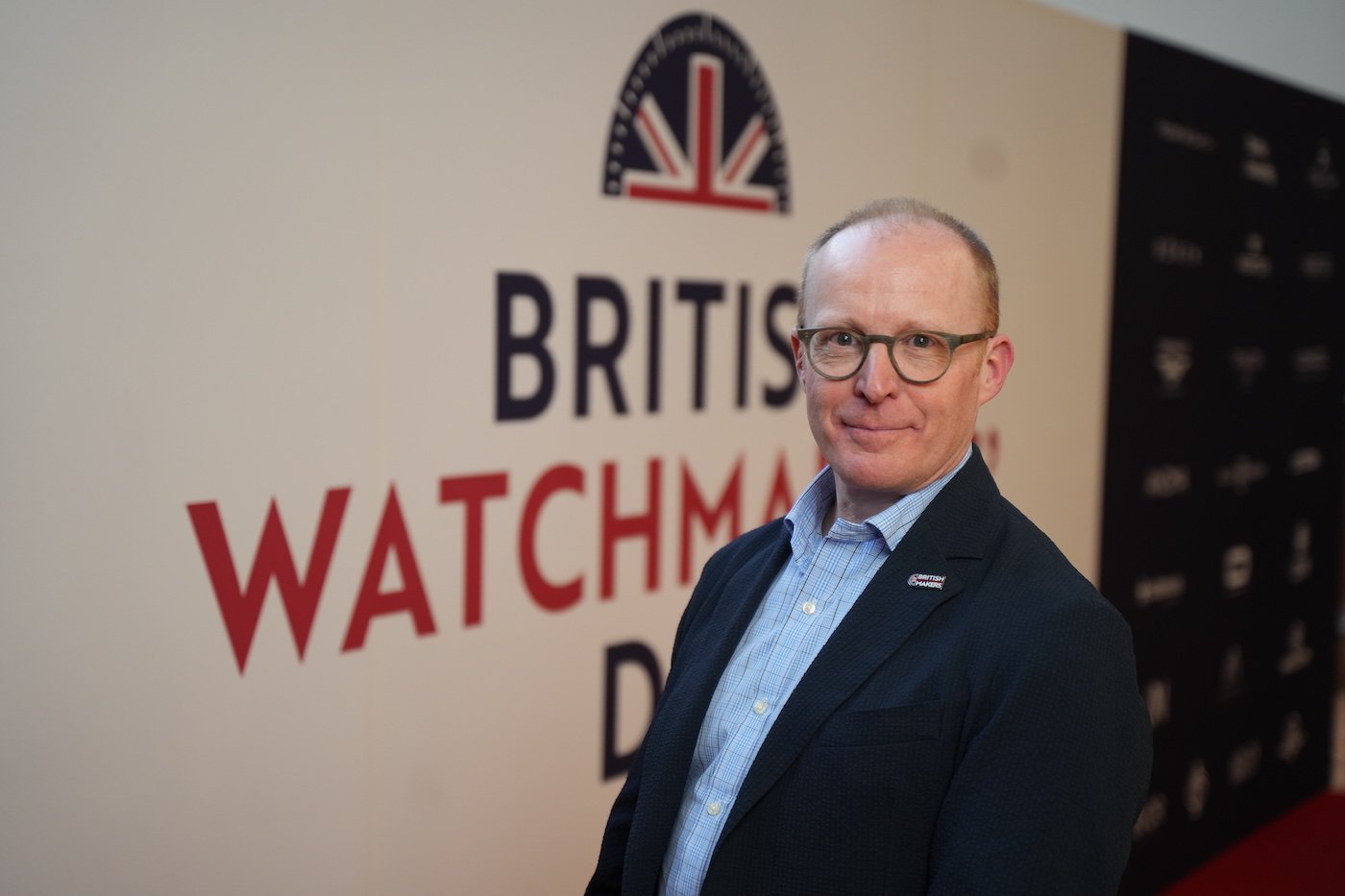
These companies currently support approximately 1,600 jobs, including full-time, part-time, and freelance – a 3.6-fold increase since 2021. Beyond direct economic value, this employment capacity contributes to skill development and will help to embed knowledge continuity in traditional crafts.
The sector shows a healthy supply–demand equilibrium, with 60% of companies reporting balanced output and an overall sell-through rate of 98%, indicating strong supply chain efficiency and tight inventory control. Another 20% face unmet demand, either through waiting lists or unfulfilled sales. Meanwhile, 20% report surplus capacity, though their low production volumes have minimal impact on the aforementioned sell-through rate.
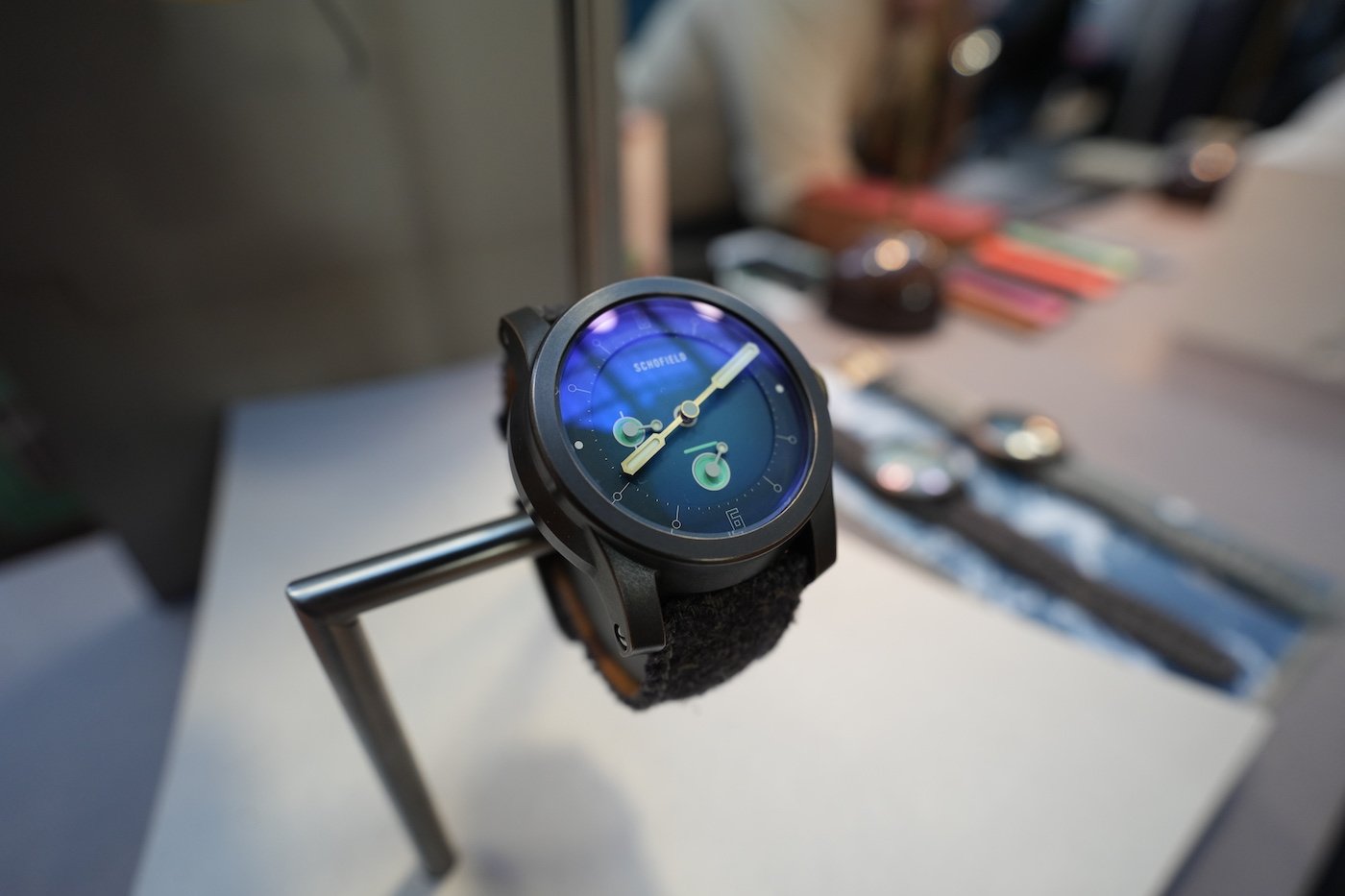
Production capabilities differ widely across the sector, with clear distinctions between watchmaking and clockmaking. Clockmakers maintain strong vertical integration, with most citing 90–100% in-house horology (averaging 86.4%). This self-sufficiency ensures full control over manufacturing processes and proprietary techniques.
Watchmakers, by contrast, operate with more varied capabilities, with only 35% stating some degree of in-house production. The absence of a local watchmaking infrastructure has necessitated pragmatic adaptation. To that end, surveyed companies maintain full control over conception and design (100%), with around two- thirds prototyping within the British Isles, reinforcing a home-grown imprint in the early stages of development. Most also handle their own fulfilment (91%) and quality control (80%), reflecting a strategic approach that maximises British input where it adds the most value.
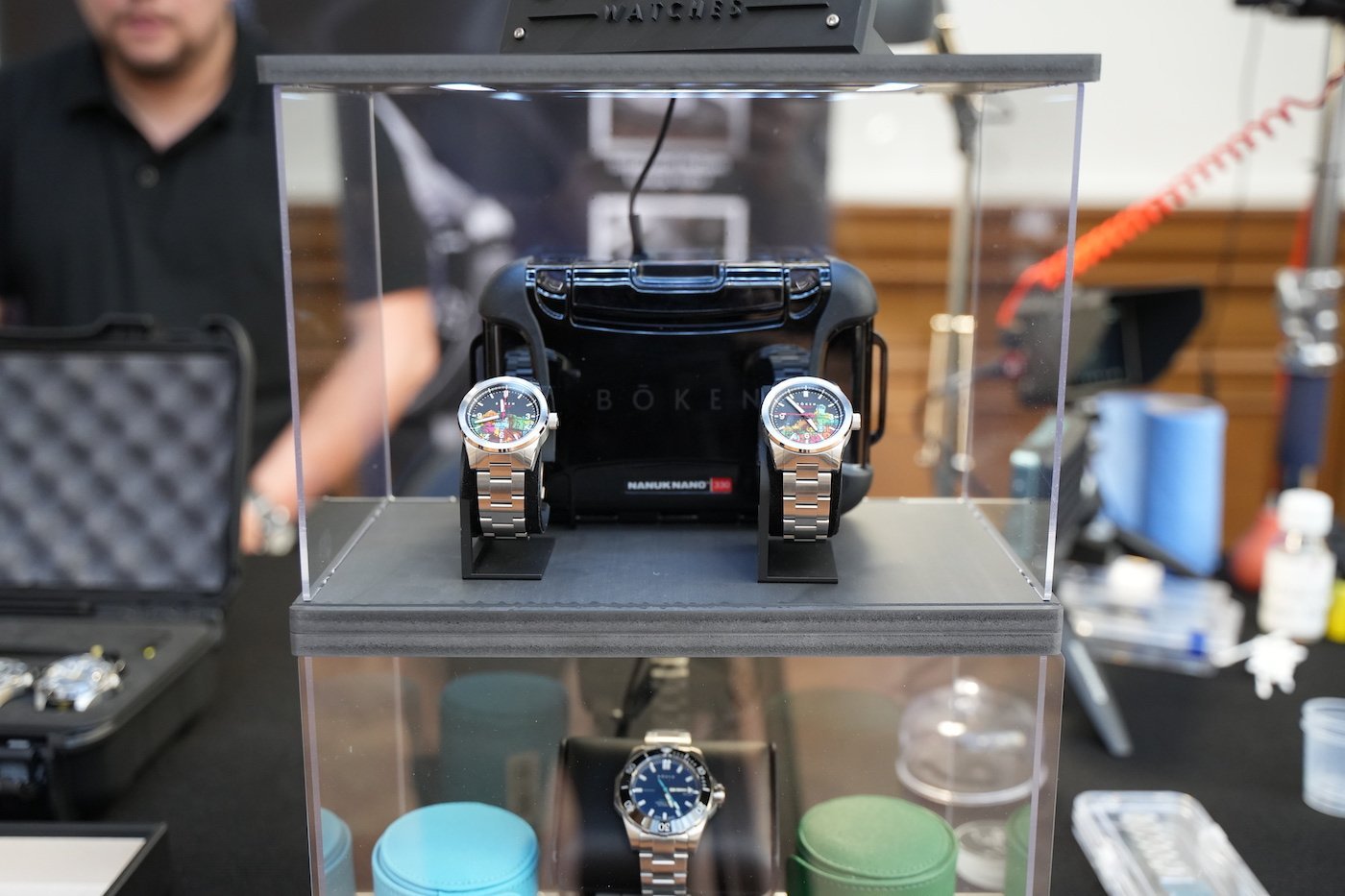
Roger Smith OBE, added: “We believe there’s tremendous potential—not only for sector growth but also for bringing more manufacturing back to Britain. Our main challenge is that we have a ‘lost generation’ from the 1980s and 1990s of skilled people with experience of manufacturing who would have been the mentors of today. However, it’s great to see there are more British watch companies leading the way by producing components in-house and now, with evidence of a growing market, it makes further development of a domestic supply chain a practical goal.”
Alistair Audsley added, “Growth remains key and, from makers to consumers, watch culture is truly vibrant in Britain today. To see a queue building from 5am for our second British Watchmakers’ Day was notable, but its international composition was something else. With their exceptional creativity, British watch brands are making waves all over the world, but there is still enormous untapped potential in the domestic UK market. It’s vital for us to continue raising awareness that British watchmaking is back on the map, with products for every lifestyle and pocket.”







